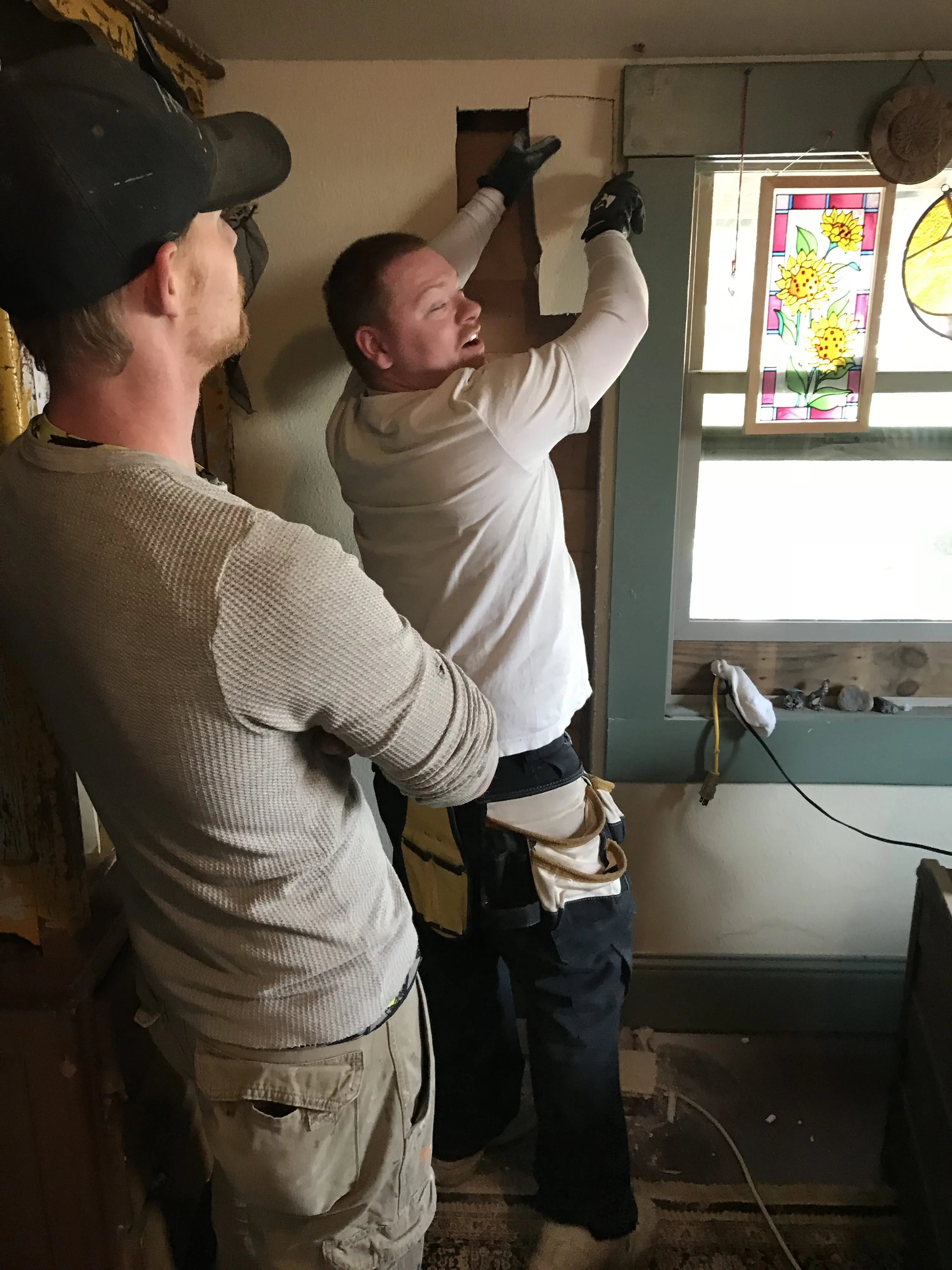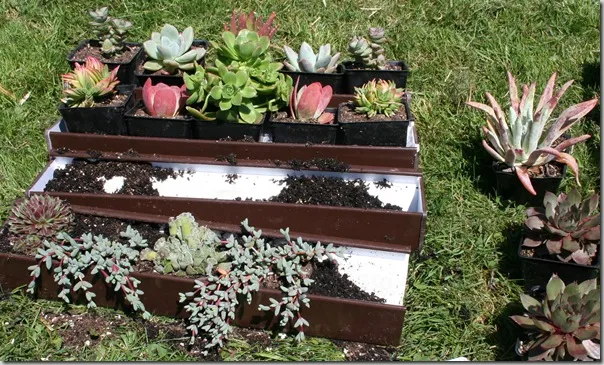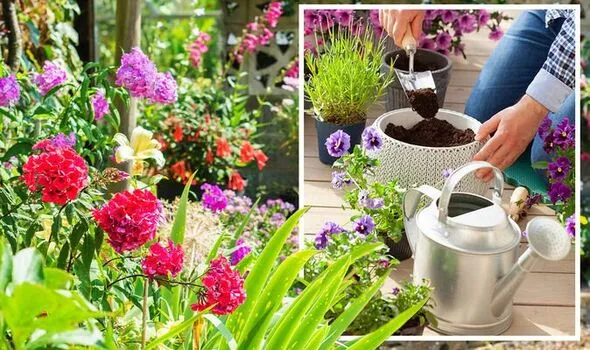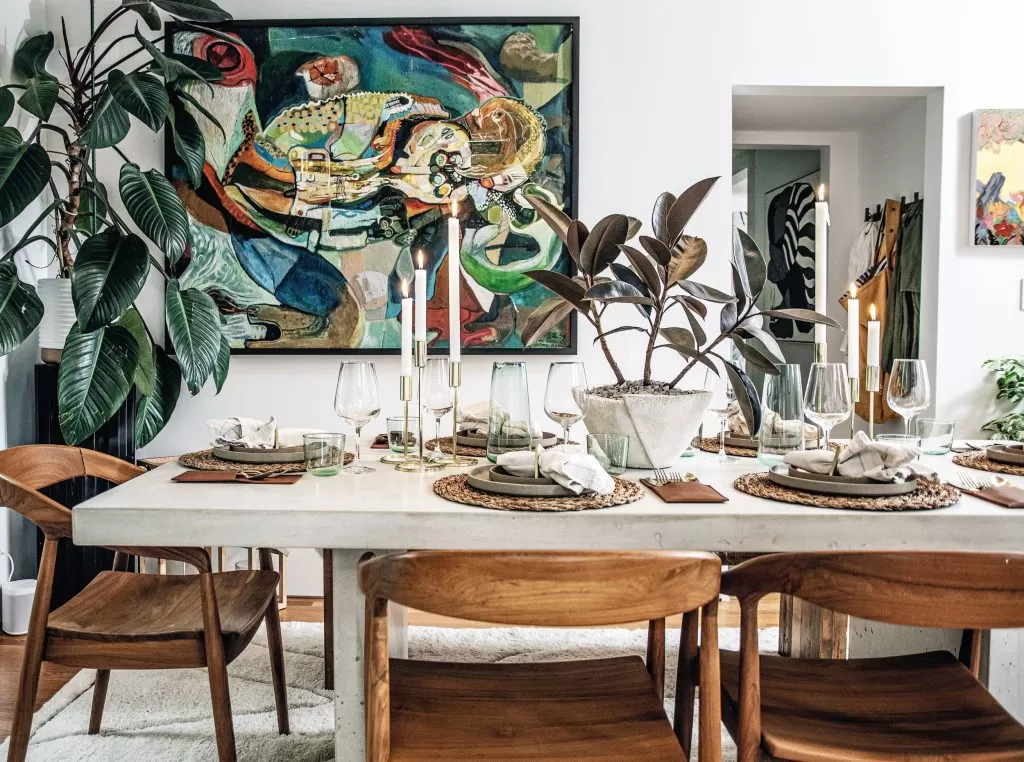- Transform a spare closet into a thriving indoor garden space.
- Discover the essential equipment needed, from lighting to ventilation.
- Learn a simple, step-by-step guide to building your DIY closet grow room.
- Ideal for discreet growing, saving space, and beginners.
Ever dreamed of an indoor garden, but space is tight or privacy is a concern? Perhaps you live in an apartment, a small house, or simply prefer to keep your green passion discreet. If so, a closet grow room could be the perfect solution! It’s an ingenious way to cultivate plants indoors, tucked away from view, utilizing often-unused space. With the right setup, powered by essential equipment like effective plant grow lights, you can create a hidden oasis for your plants to flourish, all within the humble confines of a closet. Let’s delve into everything you need to know about setting up a closet grow room.
Contents
- Understanding the Closet Grow Room
- What Exactly is a Closet Grow Room?
- Why Opt for a Closet Grow Room?
- Closet Grow vs. Grow Tent vs. Grow Room
- Essential Equipment for Your Closet Grow Room
- 1. Grow Lights
- 2. Timer
- 3. Reflective Material / Insulation
- 4. Ventilation System
- 5. Pots and Growing Medium
- 6. Thermo-Hygrometer
- 7. Drainage System
- Setting Up Your Closet Grow Room: A Step-by-Step Guide
- Step 1: Choose and Prepare Your Closet
- Step 2: Gather Your Equipment and Tools
- Step 3: Install Reflective Material (Optional but Recommended)
- Step 4: Plan and Install Your Ventilation System
- Step 5: Set Up Drainage
- Step 6: Hang Your Grow Lights
- Step 7: Install Timer and Monitor
- Step 8: Final Checks and Planting
- Keeping Your Closet Grow Running Smoothly
- How to ventilate a closet grow?
- How to keep a closet grow room cool?
- How to eradicate the smell produced by plants?
Understanding the Closet Grow Room
What Exactly is a Closet Grow Room?
Simply put, a closet grow room is a standard closet that has been repurposed and equipped to function as an environment for growing plants indoors. It’s a clever way to maximize limited space and create a controlled microclimate for your botanical projects. Unlike larger grow rooms or dedicated grow tents, a closet offers a discreet, integrated space within your home, making it an attractive option for hobbyists and those seeking privacy.
Why Opt for a Closet Grow Room?
Choosing to grow plants in a closet offers several compelling advantages:
- Space Saving: This is perhaps the most obvious benefit. If you lack a spare room or ample floor space for a tent, a closet uses vertical space already present in your home.
- Discretion & Stealth: A closet blends seamlessly into a home environment. Once the door is closed, your indoor garden is completely hidden, offering unparalleled privacy from guests or neighbors. This is a primary reason many choose a closet setup.
- Cost-Effective for Beginners: If you already have a suitable closet, you save on the initial cost of purchasing a grow tent or preparing a whole room. It allows beginners to dip their toes into indoor growing without a massive investment.
- Ideal for Small Batches: If your goal is to grow just a few plants for personal enjoyment or experimentation, a large setup is unnecessary. A closet provides the perfect scale for managing a smaller number of plants.
Closet Grow vs. Grow Tent vs. Grow Room
When planning an indoor garden, you’ll likely encounter these three main options. Understanding their differences helps clarify why a closet grow might be right for you.
A Grow Room is the largest scale, typically a spare bedroom, garage, or basement converted entirely for growing. It offers maximum space and yield potential, suitable for commercial operations or serious large-scale hobbyists. However, it’s the most complex and costly to set up and lacks portability.
A Grow Tent is a purpose-built, portable structure made of reflective material, often with integrated ports for ventilation and lighting. They come in various sizes, from small cabinet-sized units to large walkthrough tents. Tents are easier to set up than grow rooms, offer good environmental control, and are relatively portable.
A Closet Grow utilizes an existing structure – your closet. It’s generally the smallest and most discreet option. It requires modification of the existing space but offers a very integrated look within your home and is less complex than a full grow room setup.
 Comparison graphic showing indoor grow options: closet grow, grow tent, grow room
Comparison graphic showing indoor grow options: closet grow, grow tent, grow room
Here’s a quick comparison based on common factors:
- Purpose: Closet/Tent are usually personal scale, Grow Room is often commercial. Stealth is a key driver for closets.
- Size: Grow Rooms are largest, Closets are smallest, Tents offer a range of sizes.
- Complexity: Tents are easiest (pre-built), Closets require moderate DIY modification, Grow Rooms are the most complex.
- Portability: Tents are most portable, Closets are less so (modifications might remain), Grow Rooms are immobile.
- Cost: Closets and Tents are generally more budget-friendly than a full Grow Room build-out.
Ultimately, the best choice depends on your goals, available space, budget, and desire for discretion.
 Large scale grow room filled with rows of plants under bright lights
Large scale grow room filled with rows of plants under bright lights
Essential Equipment for Your Closet Grow Room
Transforming a regular closet into a functional grow space requires specific equipment to replicate the natural conditions plants need to thrive. Here’s what you’ll need:
1. Grow Lights
Plants need light for photosynthesis, and indoor plants are completely dependent on artificial sources. Full-spectrum grow lights are crucial. While options like CFL and HID lights exist, LED grow lights are highly recommended for closet grows.
LEDs produce significantly less heat compared to other types, which is a major advantage in a confined space like a closet where heat buildup can be a problem. They are also more energy-efficient in the long run and offer control over light spectrum and intensity, allowing you to tailor the light to your plants’ specific needs and growth stages. Investing in quality LED lights designed for grow spaces will pay off in plant health and yield.
 Modern LED grow light fixture suitable for a closet grow setup
Modern LED grow light fixture suitable for a closet grow setup
Choose an LED light size and wattage appropriate for your closet’s dimensions. Lights designed for 2×2 or 3×3 grow spaces are often suitable for standard closets. Look for adjustable hanging systems to control the distance between the light and your plants.
2. Timer
Maintaining a consistent light schedule is vital for plant health. A simple electrical timer automates the process, turning your grow lights on and off at precise intervals. This ensures your plants receive the correct duration of light and dark periods necessary for their specific growth cycle without you having to manually switch them every day.
3. Reflective Material / Insulation
To maximize the efficiency of your grow lights, you want to ensure as much light as possible is reflected back onto your plants. Covering the interior walls of the closet with a reflective material like Mylar is highly effective. This prevents light from being absorbed by the walls, directing it back where it’s needed most and ensuring uniform light distribution. Even if your closet is painted white (which offers some reflection), Mylar is a superior option for optimizing light usage.
4. Ventilation System
Proper airflow is non-negotiable for a healthy indoor garden. A ventilation system serves several critical functions in a closet grow:
- Air Exchange: It brings in fresh air (supplying CO2 for photosynthesis) and expels stale, oxygen-rich air.
- Temperature Control: It helps prevent heat buildup from lights and equipment, keeping the temperature within the optimal range for plant growth.
- Humidity Control: Air circulation helps manage humidity levels, reducing the risk of mold and mildew.
- Odor Control: For plants with strong odors, an exhaust system combined with a carbon filter is essential for removing smells and maintaining discretion.
A basic system includes an intake fan (bringing fresh air in) and an exhaust fan (pulling stale air out). The exhaust fan is typically placed near the top of the closet to remove warmer air, while the intake is lower. Ducting is used to vent the exhaust air away, often out a window or into another room (preferably with a carbon filter).
 Diagram illustrating a typical ventilation system for an indoor grow environment
Diagram illustrating a typical ventilation system for an indoor grow environment
5. Pots and Growing Medium
You’ll need pots to hold your plants and their growing medium (soil, coco coir, hydroponic setup, etc.). Choose pots appropriate for the size of the plants you plan to grow and the space available. Ensure pots have drainage holes.
6. Thermo-Hygrometer
This simple tool is essential for monitoring the temperature and humidity levels inside your closet grow. Keeping these factors within the ideal range for your specific plants is crucial for their health and development. Regular monitoring allows you to make necessary adjustments to your ventilation or other environmental controls.
7. Drainage System
Watering plants inevitably produces runoff. To prevent water damage and maintain a clean environment, you need a way to manage this excess water. A simple drainage system can involve collection trays beneath pots, or for a more integrated setup, a slatted platform for pots placed above a collection reservoir or bucket, with pipes directing runoff.
Setting Up Your Closet Grow Room: A Step-by-Step Guide
Ready to transform that spare closet? Follow these steps to build your own discreet indoor garden:
Step 1: Choose and Prepare Your Closet
Select a closet that offers enough height and depth for the plants you intend to grow, plus space for your equipment (lights, fans, filter, pots). Empty the closet completely and give it a thorough cleaning. If possible, choose one with a solid door for better light and odor containment.
Step 2: Gather Your Equipment and Tools
Refer back to the essential equipment list and ensure you have everything on hand. You’ll also need basic tools like a drill, hole saw (for vents), screws, measuring tape, duct tape, and possibly a utility knife.
Step 3: Install Reflective Material (Optional but Recommended)
If using Mylar, measure and cut the sheets to fit the interior walls and ceiling. Use spray adhesive or strong tape to securely attach the Mylar, shiny side facing inwards, covering the entire interior surface. Ensure there are no gaps where light can escape or be absorbed.
Step 4: Plan and Install Your Ventilation System
This is arguably the most critical step. Decide on the placement of your intake and exhaust fans. A common setup is intake low and exhaust high. Mark and cut holes in the closet wall or ceiling for the fans and ducting. Install the fans, ensuring a tight seal. Attach ducting to route the exhaust air outside the closet, preferably using a carbon filter if odor control is needed. Ensure the system is drawing fresh air in and expelling stale air efficiently. Test the fans to confirm they are working correctly.
Step 5: Set Up Drainage
Build or install a shelf or platform to hold your pots at a convenient height, allowing space beneath for your drainage collection system. This could be a simple tray or a more elaborate setup with pipes leading to a bucket. Ensure excess water has a clear path away from the plants and off the closet floor.
Step 6: Hang Your Grow Lights
Install eye bolts or hooks securely into the closet ceiling. Use the hanging system provided with your LED lights to suspend them over the plant area. Adjust the height according to the manufacturer’s recommendations for the plant stage you are in. Ensure the lights are stable and won’t fall.
Step 7: Install Timer and Monitor
Plug your grow lights into the timer and program the desired light cycle. Place your thermo-hygrometer inside the closet at plant level where you can easily monitor it. This will be your guide for managing temperature and humidity.
Step 8: Final Checks and Planting
Before adding plants, run your lights and ventilation system for a short period to check everything is functioning correctly and stable. Ensure there are no light leaks from the closet. Once satisfied, introduce your pots with plants and growing medium. Now you can begin your journey with your discreet, space-saving closet grow room!
 Close-up of dimmer and control knobs on an LED grow light for intensity adjustment
Close-up of dimmer and control knobs on an LED grow light for intensity adjustment
Keeping Your Closet Grow Running Smoothly
Once your closet grow is set up, ongoing management is key to success. Here are some tips and answers to common questions:
How to ventilate a closet grow?
Ventilation is achieved using intake and exhaust fans. The intake fan draws fresh air into the closet, usually from a lower point. The exhaust fan pushes stale, warm air out, typically from a higher point. Size your fans appropriately for your closet volume; for small spaces, smaller fans are sufficient. Ensure you have adequate airflow exchanges per minute.
How to keep a closet grow room cool?
Heat management is critical in small spaces.
- Choose the Right Light: Prioritize LED grow lights as they produce far less heat than older technologies like HPS or MH.
- Optimize Ventilation: Ensure your intake and exhaust fans are correctly sized and positioned to rapidly exchange the air, removing warm air as it accumulates.
- Monitor Temperature: Use your thermo-hygrometer constantly. If temps rise too high, increase fan speed, consider a small oscillating fan inside the closet for circulation, or adjust the light cycle to run during cooler parts of the day (if possible).
How to eradicate the smell produced by plants?
The most effective way to control odors is by installing a carbon filter on your exhaust system. The exhaust fan pulls air through the carbon filter, which absorbs odor molecules before the air is expelled from the closet. Size the carbon filter correctly for your fan’s capacity and the size of your closet for optimal performance.
Maintaining the right environment, consistent watering, and providing appropriate nutrients will help your plants thrive in their new, hidden home. A closet grow room is a fantastic way to enjoy the rewards of indoor gardening, even when space or privacy is at a premium.
Embarking on a closet grow setup might seem daunting initially, but with careful planning and the right equipment, it’s a highly achievable and rewarding project. You’ll gain valuable experience and enjoy the satisfaction of nurturing plants in your own discreet green space.
Have you tried setting up a closet grow? Share your experiences or questions in the comments below! Looking for specific grow equipment? Explore our range of high-quality LED grow lights and ventilation solutions on Thelittle.garden.







































